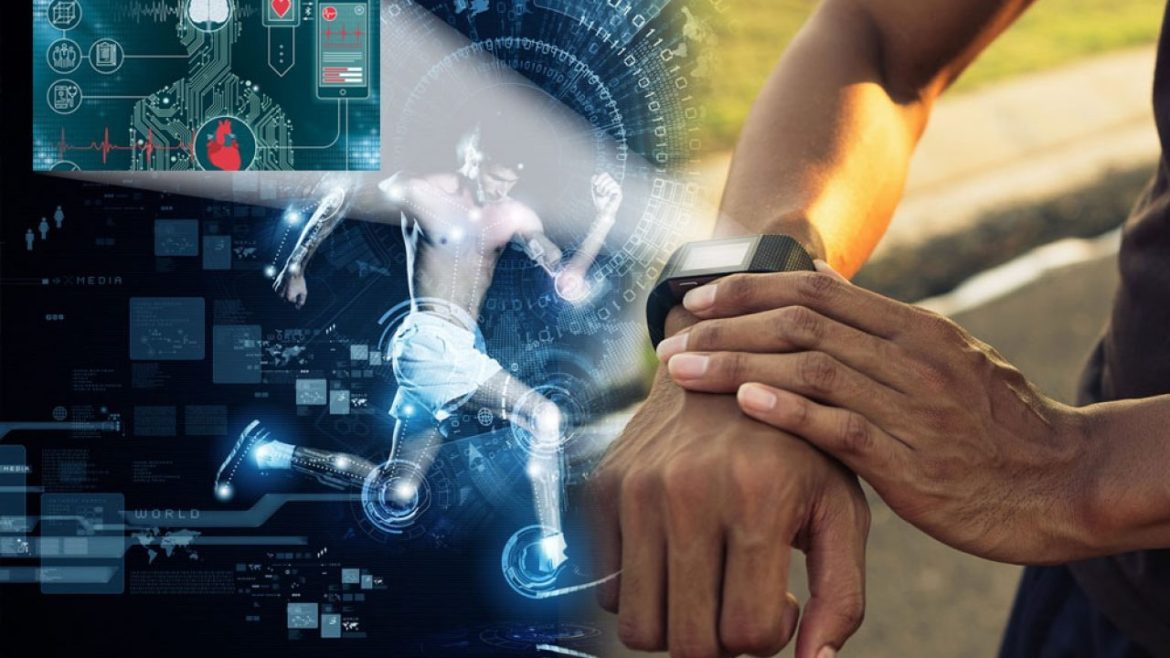Wearable technology has revolutionized the way we track and manage our health, offering a range of possibilities that extend far beyond simple fitness tracking. In this article, we will explore the world of wearable devices, their impact on health monitoring, and the exciting prospects they hold for the future.
The Evolution of Wearable Technology
From Step Counters to Health Hubs
Wearable technology has come a long way since the days of basic pedometers. Today’s wearables are sophisticated devices equipped with sensors, processors, and connectivity options. They can monitor various health metrics, including heart rate, sleep patterns, stress levels, and more.
The Integration of Artificial Intelligence
Artificial intelligence (AI) plays a crucial role in enhancing the capabilities of wearable devices. Machine learning algorithms analyze the data collected by wearables, providing users with personalized insights and recommendations for maintaining a healthy lifestyle.
Health Monitoring with Wearables
Continuous Vital Sign Monitoring
Modern wearables can continuously monitor vital signs such as heart rate and blood pressure. This real-time data allows individuals to keep tabs on their health and detect irregularities early, potentially preventing serious medical conditions.
Sleep Tracking and Improvement
Sleep tracking has become a popular feature in wearables. These devices monitor sleep duration, sleep cycles, and disturbances. With this information, wearers can make adjustments to improve their sleep quality and overall well-being.
Stress Management
Stress is a prevalent issue in today’s fast-paced world. Wearables can measure stress levels through heart rate variability analysis. They offer guided breathing exercises and mindfulness programs to help users manage stress effectively.
Fitness and Activity Tracking
Fitness enthusiasts have long appreciated wearables for their ability to track workouts and physical activity. They provide insights into calorie burn, distance covered, and even suggest exercise routines tailored to individual goals.
Remote Patient Monitoring
Wearables are increasingly used in healthcare settings for remote patient monitoring. They enable healthcare providers to keep tabs on patients’ health status from a distance, reducing the need for frequent in-person visits.
Beyond Health Monitoring
Augmented Reality (AR) Glasses
Wearable technology isn’t limited to health monitoring alone. AR glasses, such as Google Glass and Microsoft HoloLens, provide users with immersive experiences, blending digital information with the physical world. These devices find applications in fields like education, gaming, and industry.
Smartwatches as Communication Hubs
Smartwatches have evolved into versatile communication hubs. They allow users to receive and respond to messages, answer calls, control smart home devices, and access apps, all from their wrist.
Wearables in Sports and Fitness
Athletes and sports enthusiasts benefit from wearables designed specifically for performance tracking. These devices offer detailed analytics on athletic performance, helping users fine-tune their training and optimize their results.
Fashion and Style
Wearable technology is also making its mark in the fashion industry. Designers are incorporating technology into clothing and accessories, creating innovative and stylish wearables that seamlessly blend fashion with functionality.
The Future of Wearable Technology
Medical-grade Monitoring
The future of wearable technology holds the promise of medical-grade monitoring. Devices with enhanced accuracy and reliability will become invaluable tools for both individuals and healthcare professionals.
Advanced Sensors and Materials
Technological advancements will lead to the development of wearables with more advanced sensors and materials. These wearables will offer even more precise data and greater comfort for users.
Greater Integration with Healthcare
Wearable technology will become increasingly integrated into healthcare systems. Physicians will have access to a wealth of patient data, enabling more informed diagnoses and treatment plans.
Enhanced User Experience
Future wearables will prioritize user experience, focusing on design, comfort, and ease of use. This will encourage broader adoption among users of all ages and backgrounds.
In conclusion, wearable technology has already transformed the way we monitor and manage our health, and its potential extends into various aspects of our lives. As technology continues to advance, we can expect wearables to become indispensable tools for health, communication, entertainment, and style. Embracing this technology can empower individuals to lead healthier, more connected lives while opening up new opportunities in various industries. The future of wearable technology is bright, and it’s a journey worth watching closely.

